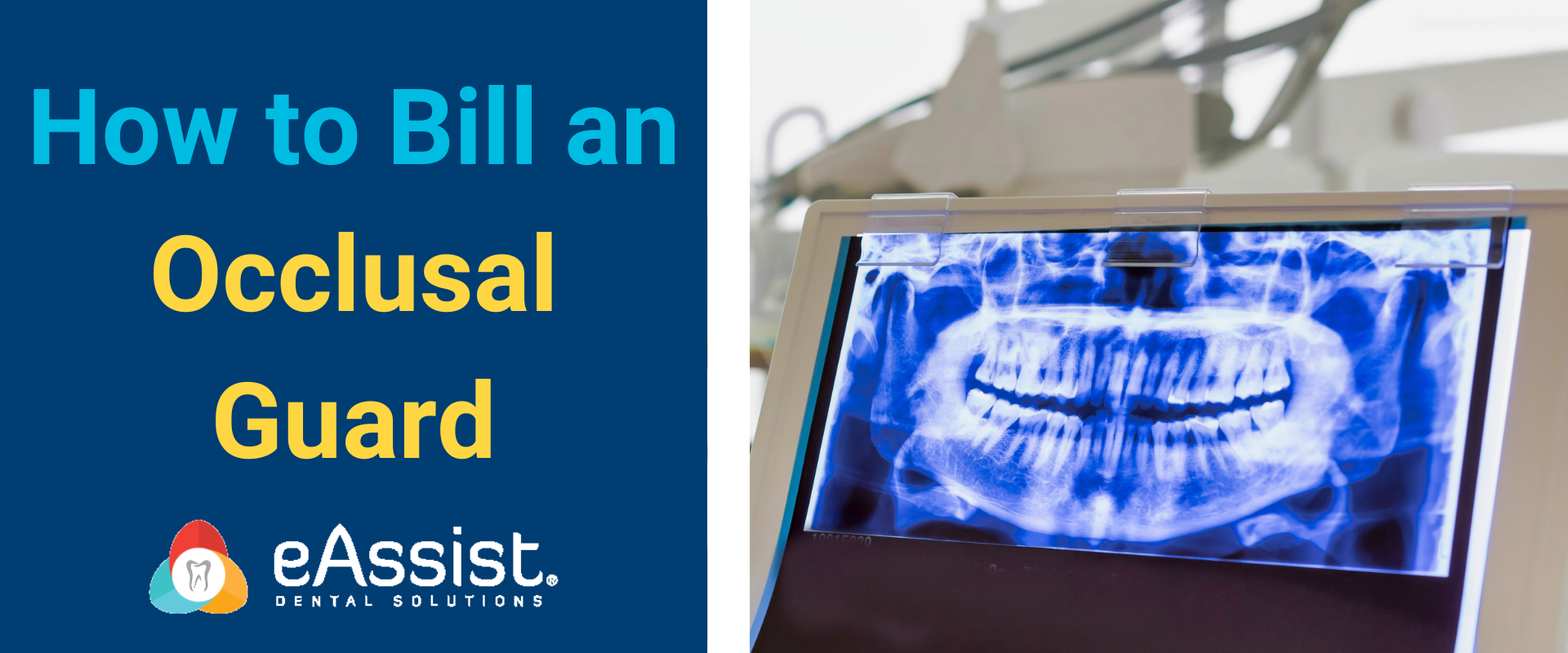One of the best things that a dental office can do is submit a clean claim to the dental benefits carrier on the day of service.
But what is a clean claim?
By definition, a clean claim is one that has all procedures properly coded, accurate demographic and benefits carrier information, and any necessary documentation attached for review. This documents “package” provides the best chance for a speedy and efficient processing of the claim.
There are definitely specific pieces of information that are required (or often requested) for different types of services. If they are sent with the initial claim submission, you will greatly increase the chances that the claim is processed through the first time, and not stalled in process due to incorrect or missing information.
Here is a handy chart to help figure out what information will be needed for your patients’ claims:
Information needed for clean claims
| CDT Code | Description | Evidence Needed | Narrative? |
| 1120 | Child prophy w/exam | —- |
caries risk assessment*
|
| 1351 | Sealant | xray/caries risk measurements/intra-oral images may be required |
Can be added if special circumstances are present
|
| 2332/ 2335 | 3 or more surface, composite filling |
xray |
narrative, with prognosis
|
| 2750/2740/2790 | Crowns and Bridges | Narrative plus xray less than 30 days old |
reason needed (decay, fracture(s), percentage of tooth remaining after preparation, age of previous crown/bridge (if existing)
|
| 2950 | Build-up | reason needed (decay, fracture, crown retention) |
Narrative +xray less than 30 days old (can be the same film/image as for the crown)
|
| 5000 | Upper & Lower Dentures | Recent FMX or panoramic x ray |
Age of previous denture, if available
|
| 6010 | Surgical Implant |
Periapical xray, before and after extraction if possible
|
*using codes D0601, D0602, or D0603; not required in all states, but very easy to document for tracking child dental health
Once this information has been documented in the patient chart, it can be easily be referred to by whoever handles claims submission in the practice. I can’t stress enough the importance of noting all these pieces of the puzzle in the event that an appeal needs to be written by office staff members at a later date. The chart itself is also a legal document, and has been used in court to provide evidence of what transpired at any given appointment/encounter between doctor and patient or patient and staff member. When it doubt about whether something should be noted, note it! It can save a lot of stress for the doctor and the staff should any questions arise down the road.
What to know about pre-authorizations
Pre-authorizations are an excellent backup for your treatment estimates. It doesn’t take much extra time, and a full disclosure from the insurance carrier can happen before there are surprises down the road. This also ensures that if the plan changes its provisions for a certain procedure, you will have written proof that a determined amount has already been set. You then have the ability to prove there was a “promise” made to their customer. No one wants to offend a customer these days, not with the impact of social media’s megaphone at everyone’s fingertips.
A word about intra-oral images
It’s true that a picture is worth a thousand words! Many insurances are now requiring images for everything from sealants to crown/bridge procedures. Oftentimes, I have seen an office wait to send all the pieces of evidence for a claim until it is requested by the insurance carrier specifically, which causes delays upwards of two months before a procedure claim is paid. The price of intra-oral cameras has come down in recent years, so it’s possible to have several members of your dental team with a camera in their operatory, trained to capture clear images.
For those with United Concordia dental plans, any periapical taken outside of a regular hygiene exam/visit must be submitted for review with the claim before payment is issued. They will often ask for a claim to be resubmitted by mail (even slower and less reliable than electronically!) if it does not contain all pieces of evidence and information needed for their review.
Conclusion
Even when the pace of daily operations in our practice increases, we all need to pay close attention to detail to ensure that our claims submissions are both accurate and thorough. The less room for misinterpretation and lack of information, the better. If we begin with correct demographic data and complete charting, we will hold the higher ground when we must mount a case against an insurer who doesn’t want to pay for treatment that we know our patients paid for and well deserve.
eAssist Helpful News and Billing Tips; Edition #108
Filing clean claims is complicated. You can outsource this important function through eAssist Dental Solutions. Click here to schedule a complimentary consultation!






